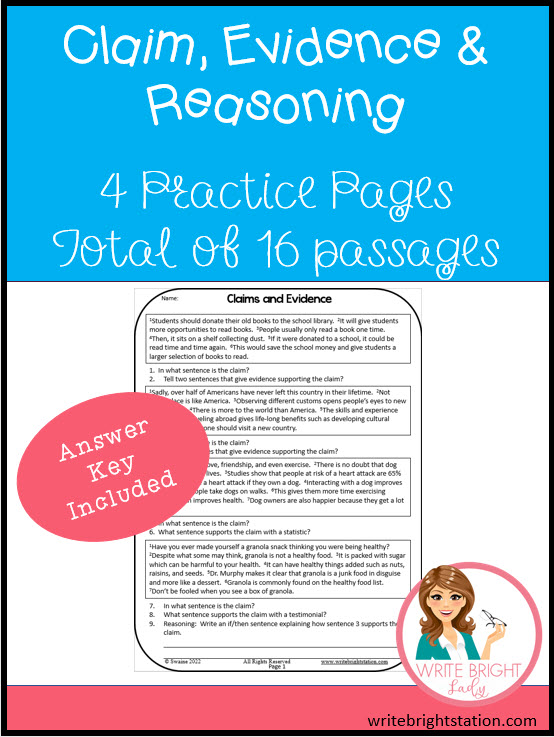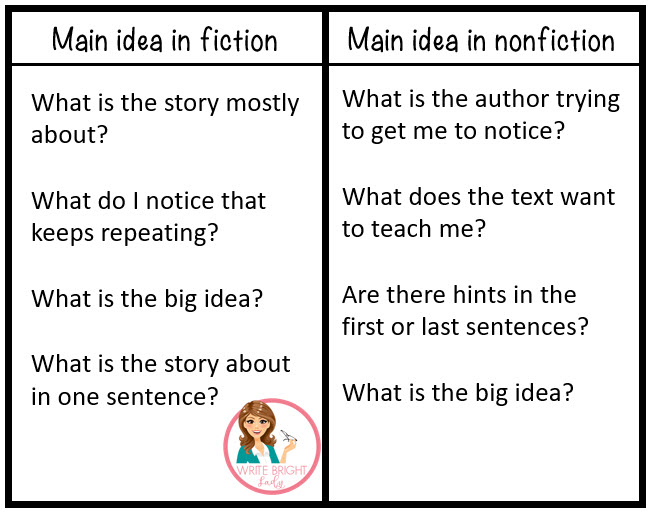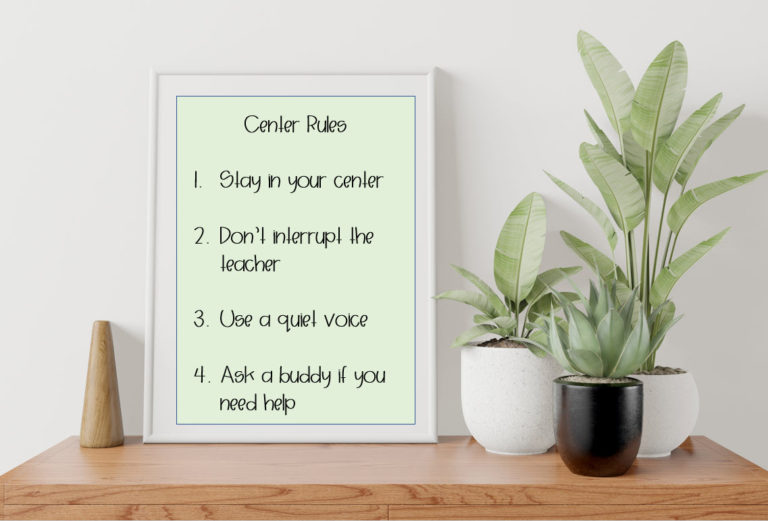Structuring Meaningful Vocabulary Direct Instruction
Vocabulary direct instruction is essential to raising reading and writing levels. There are strategies for vocabulary instruction that should be utilized. Increasing retention of vocabulary is key. Learn how to make it a short, integral part of your class time while thinking about the main purpose. Goal: Having students use the vocabulary when speaking and writing.
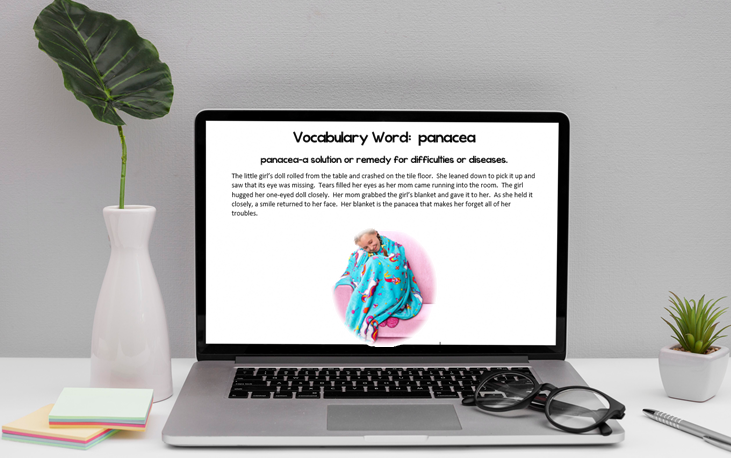
Classroom Routine
It may only take a few minutes, but vocabulary must be touched daily to retain the words. This can be as simple as turning to a shoulder partner and using a word in meaningful sentence.

Storing words in long term memory
Date the word! Yep, you need to spend quality time with the word. Hold its hand, talk to it, make it feel good about being used. The more contact you have with the word, the closer you will become. The word must be touched daily for a full week and then weekly for a full month to become your word.
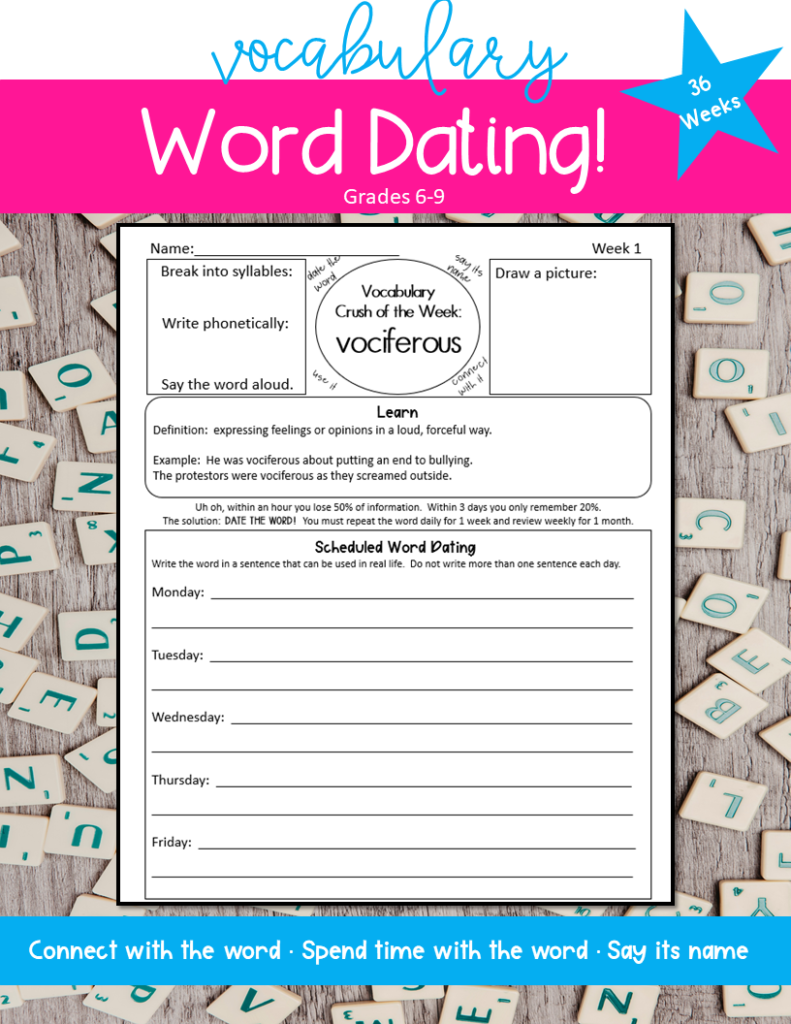
When we learn new words, we store them different ways in our brains. We need to find a way to make our brain happy, to make them stick. What word have you learned recently? Let’s imagine it is the word verbiage. We must think about the meaning, spelling, pronunciation, and grammar. Meaning of verbiage-the way in which something is expressed; wording. Spelling & Pronunciation: ver-bi-age /vərbēij. Grammar & usage: noun; “The verbiage under this photo needs to be shortened.” Each area helps your brain store the information.
Most important secret: To learn a new word you must use it in conversation.
You lose 50% of newly learned information within one hour. After 3 days, you only remember 20% of the information.
Solution: Repeat daily for one week. Then review weekly for one month. The more you use the word in real life, the better it is going to stick in your brain.
Level 1: Structure: begin with the definition.
Level 2: Break it down: study the word parts and how to say the word.
Level 3: Relate: Make connections with the word to your life. This can be using it in a sentence, mind mapping, or drawing a picture of the word.
Level 4: Apply: Even if you are nervous, use it in a conversation. The more you use it, the easier it will flow out of your mouth.
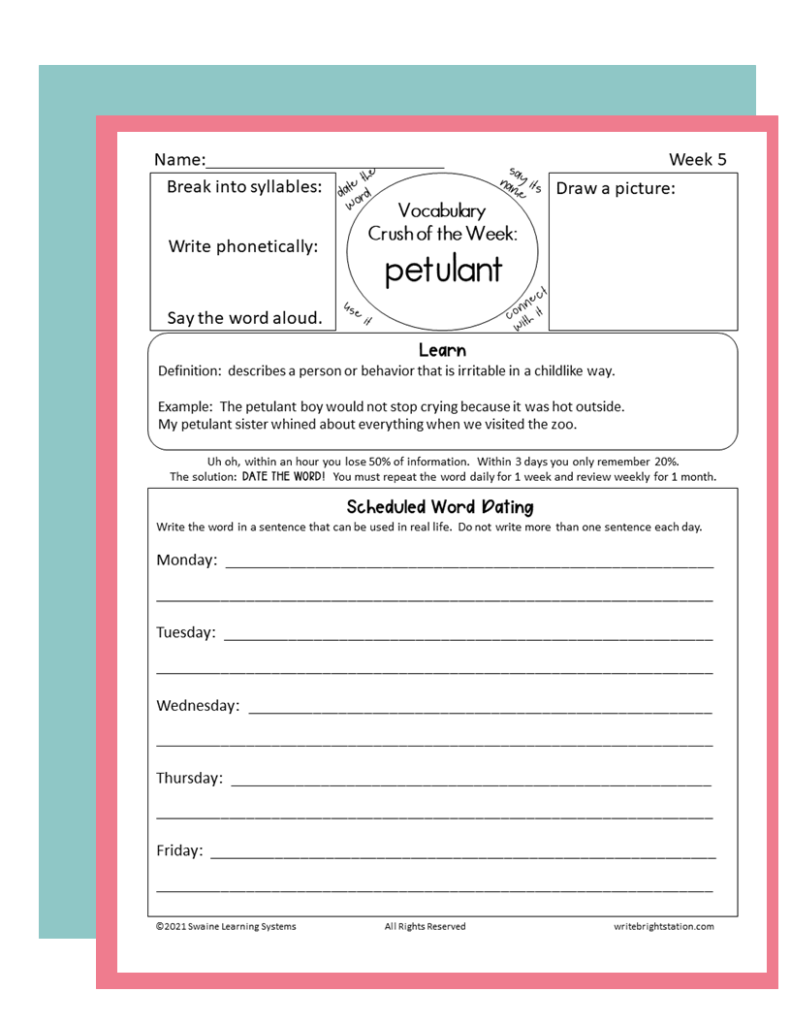
Make a routine
It must be a quick and simple part of class time so that it does not become forgotten. When choosing words, remember to pick words that can be used frequently. The word “isotope” will not fit into as many conversations as “reluctant.” Students will benefit by focusing on higher frequency words.
Spiraling
Spiral words from three weeks past to review. If you have space, keep a word wall. Students must have multiple and various exposures to a new word before it becomes part of their internal word bank.
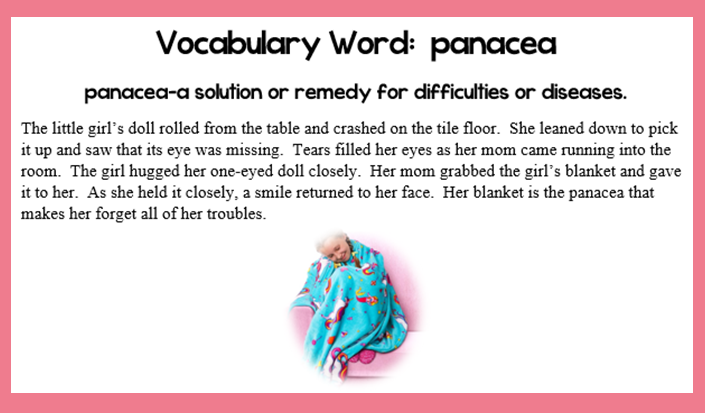
Differentiate
Vocabulary can be taught using pictures, sentences, breaking the word into parts and more. Do it all! Students all learn differently so it is important to touch on all areas to reach more students needs. Go beyond simply reciting the definition. Instead, allow students to use imagery to create a mental picture around the word. If teaching “flummox” create an unforgettable scene. “As the family drove through the mountains toward the cabin, they felt the car become unsteady. They pulled off the road flummoxed by what had happened to their small car. They crawled out into the chilly breeze to examine what was going on.” This is just one way to help the word stick. Along with this story, show a picture of a car broken down on a mountain road.
What’s the point?
Vocabulary is used in life to judge intelligence. This is the reason college entrance exams use higher level words. New words must be studied to be learned. When students learn methods for adding new vocabulary to their internal word banks, their learning speed will increase as their vocabulary grows larger. Vocabulary is great exercise for improving thinking. Exercising the brain makes it stronger!

